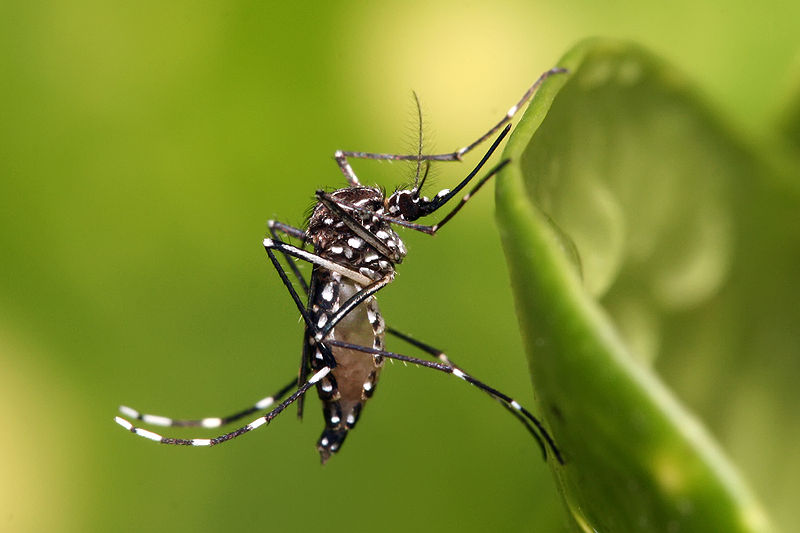Researchers in Oxford and California have found a way to  stop mosquitoes from growing wings, keeping them grounded and stopping the spread of diseases like dengue fever.
stop mosquitoes from growing wings, keeping them grounded and stopping the spread of diseases like dengue fever.
Writing in the journal PNAS, Luke Alphey and his colleagues highlight how controlling the principal dengue vector, the Aedes aegypti mosquito, could impact on the spead of the disease and its more severe manifestation, dengue haemorrhagic fever. Current vector control methods are simply not effective, and we're now facing an estimated 50-100million new dengue infections annually.
One promising method is to control the mosquito population by releasing sterile males, which reduces the population in the next generation. This is known as the Sterile Insect Technique, or SIT, and although it showed some promising results back in the 1970s, it's not being used in any large scale programmes. Another technique is to introduce a lethal or incapacitating trait into the females of the population; as it's the females who bite and spread disease, this is particularly appealing.
This new study is based on modifying the Aedes aegypti Actin-4 (AeAct-4) gene in such a way as to render the female mosquitoes flightless. This gene is active in the pupal stage of the female mosquito, predominantly in the insects' "indirect flight muscles". The researchers created a modified mosquito in which this gene is only expressed correctly when the drug tetracycline is administered; this is known as the "Tet-Off" system and means that, in the absence of tetracycline, these insects reach maturity but are unable to fly.
Allowing the insects to reach maturity unharmed is an important aspect. It means that the larvae can still develop and compete with other larvae, and then only the adult female - the one that causes all the problems - is affected. This also means that, rather than having to rear and release swarms of modified males, modified eggs can be released instead. And as the eggs can be stored and stockpiled, this should mean that any control programme can be kick-started with a much larger initial insect release.
Another advantage of this approach is that the males act as health carriers of the flightless condition, so when they mate with non-modified females, the the flightless mutation is passed on to the next generation.









Comments
Add a comment